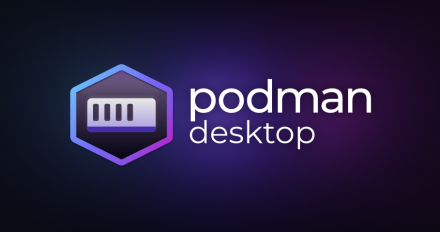
Discover Podman Desktop for containers and Kubernetes
Get an introduction to the Podman Desktop GUI tool and explore features and extensions that empower you to streamline your containerized application development process.

Get an introduction to the Podman Desktop GUI tool and explore features and extensions that empower you to streamline your containerized application development process.

The AI Lab Recipes repository offers recipes for building and running containerized AI and LLM applications to help developers move quickly from prototype to production.

Explore the advantages of Podman AI Lab, which lets developers easily bring AI into their applications without depending on infrastructure beyond a laptop.

Podman Desktop's Red Hat Account Extension offers easier access to products like Red Hat Enterprise Linux and helps get your job done on your chosen desktop OS.
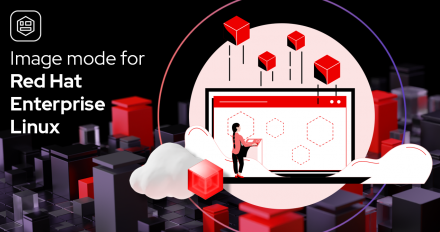
Learn how to build a containerized bootable operating system to run AI models using image mode for Red Hat Enterprise Linux, then deploy a custom image.

A common platform for machine learning and app development on the hybrid cloud.

Applications based on machine learning and deep learning, using structured and unstructured data as the fuel to drive these applications.
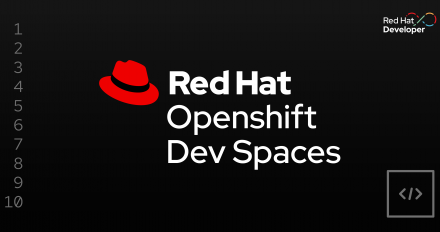
Consider using the fuse-overlayfs storage driver for your OpenShift Dev Spaces cloud development environment to enable faster builds and optimize storage.

Red Hat provides AI/ML across its products and platforms, giving developers a portfolio of enterprise-class AI/ML solutions to deploy AI-enabled applications in any environment, increase efficiency, and accelerate time-to-value.
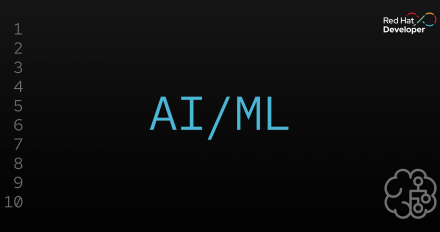
Learn how to create a Red Hat OpenShift AI environment, then walk through data labeling and information extraction using the Snorkel open source Python library.

Enterprise-grade artificial intelligence and machine learning (AI/ML) for developers, data engineers, data scientists, and operations.

Integrate generative AI in your applications with Podman AI Lab, an open source extension for working with large language models in a local environment.

Learn how to develop modern Java applications using JBoss EAP 8 and deploy them
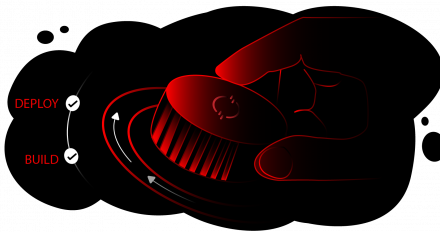
This exercise, created by Ian Lawson, demonstrates how you can go from initial
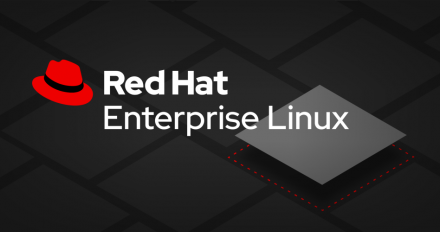
Discover how you can automate the steps needed to customize AWS cloud images using Red Hat Enterprise Linux image builder and Packit.
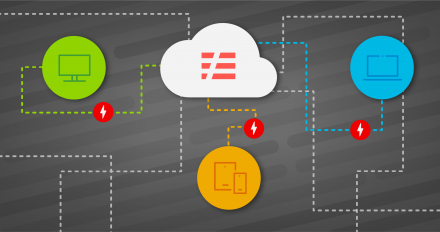
Learn how to implement a back-end function and a front-end web application, then

In this learning path, you will use basic Kubernetes skills to understand and

Explore the results of performance and scale team's database profiling efforts and their strategies for optimizing overall application performance.
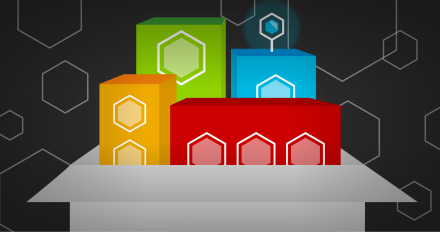
Explore performance and scale team's approach to optimizing Quay application performance to improve stability and cost-effectiveness.

Learn how to deploy and manage a fleet of OpenShift clusters spanning multiple versions using Red Hat’s Zero Touch Provisioning (ZTP), GitOps operator, and Red Hat Advanced Cluster Management.
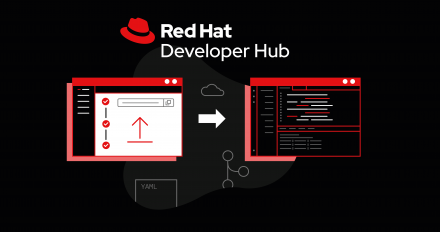
Learn how to onboard developers onto Red Hat Developer Hub, so they can import

Dive into container awareness for Java application deployments and learn how to use this capability to take advantage of fully containerized deployments.
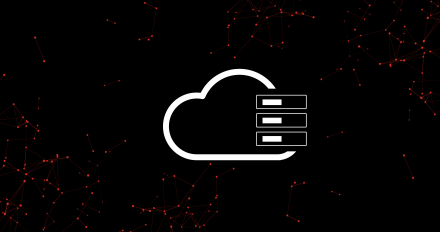
Virtual machines offer many advantages, but they do consume additional memory. Discover how Free Page Reporting can improve performance and memory utilization.

Because application images are prebuilt for use in containers, using server
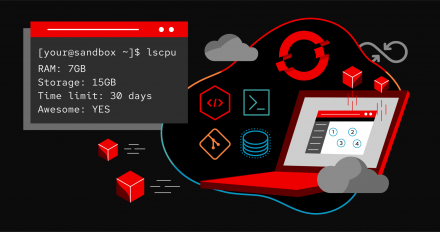
While learning about state-of-the-art software development is important and